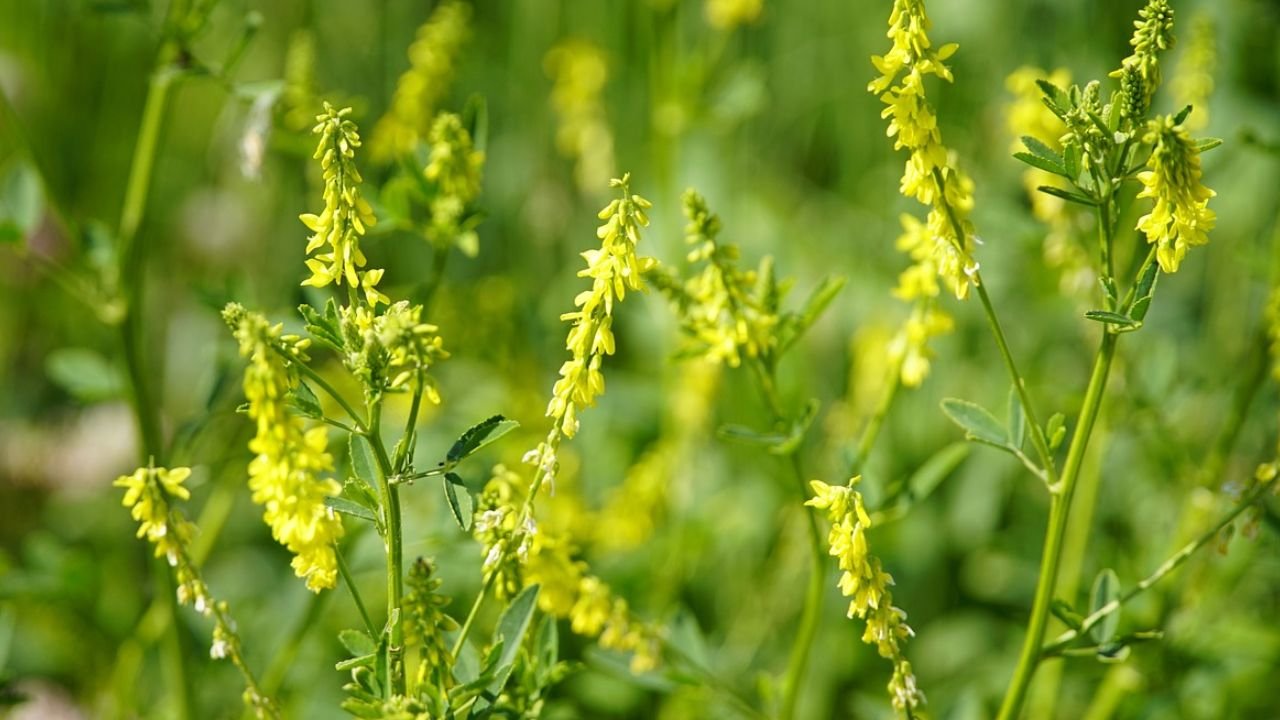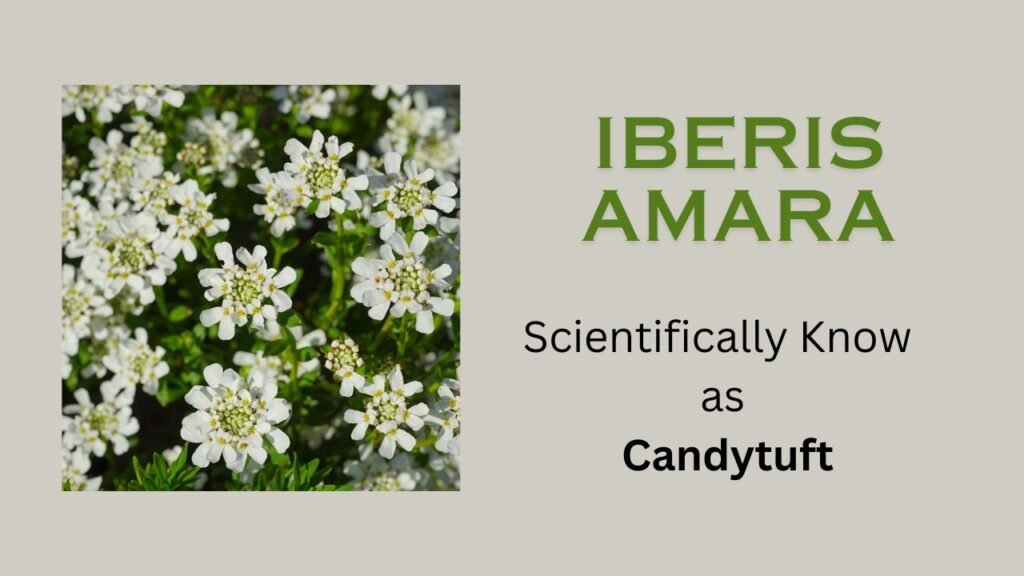The scientific name of sweet clover is Melilotus indica. It is a member of the Leguminosae family. These are members of the subfamily Pepilionatae in the Leguminosae family. In this article, we will learn about the position of leaves, flowers, and fruits in the sweet clover plant.

Scientific Name: Melilotus indica
Some Basic Information about Melilotus indica
Habit– An annual herb.
Root– Tap root.
Stem– Erect, solid, branched, herbaceous, smooth, cylindrical.
Leaf– Compound, trifoliate, petiolate, alternate, stipulate, stipules linear, leaflets ovate, serrate margin, mucronate apex, reticulate venation.
Inflorescence– Axillary raceme.
Flower– Bracteate, pedicellate, hermaphrodite, hypogynous, may appear as perigynous, zygomorphic, complete, yellow.
Calyx– Sepals 5, gamosepalous, valvate aestivation, green.
Corolla– Petals 5, polypetalous, papilionaceous; the posterior petal is largest called standard or vexillum, 2 laterals are wings or alae and 2 anterior are fused to form a boat-shaped structure called keel or carina. Thus the flower becomes zygomorphic with descending imbricate aestivation.
Androecium– Stamens 10, diadelphous [1 + (9)], filaments of 9 stamens fused anteriorly placed and 1 free stamen is placed posteriorly, anthers dithecous dorsifixed.
Gynoecium– Monocarpellary, unilocular, superior ovary, marginal placentation.
Fruit-A legume.
Floral formula– Br% ⚥ K(5) C1+2+(2) A1+(9) G1
Systematic Position:
Division – Phanerogamia
Subdivision – Angiospermae
Class – Dicotyledonae
Subclass – Polypetalae
Series – Calyciflorae
Order – Rosales
Family – Leguminosae
Subfamily – Papilionatae
Genus – Melilotus
Species – indica








